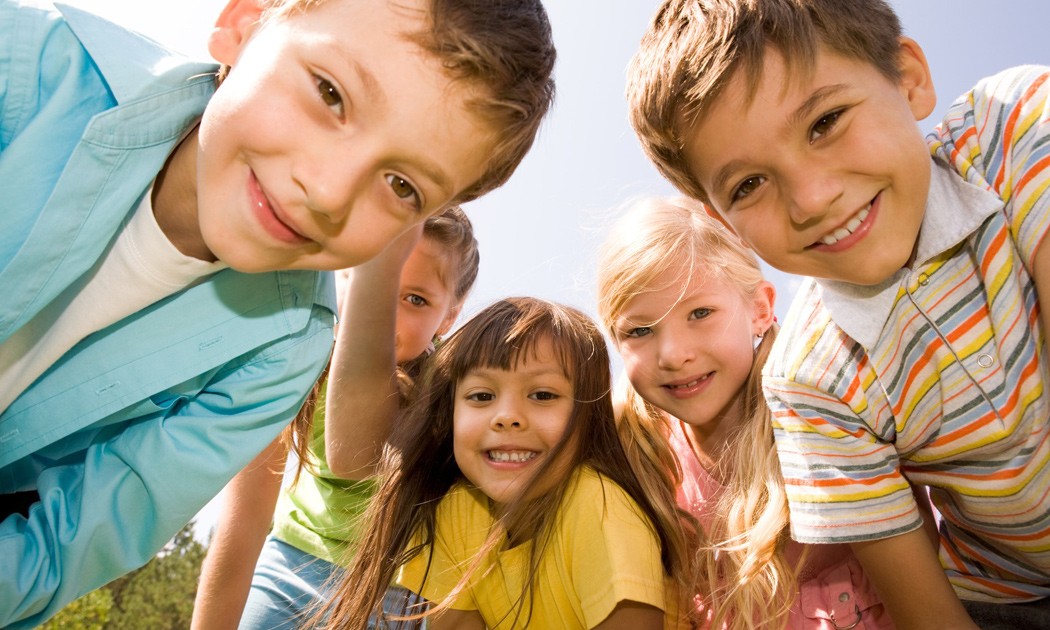WHAT IS EMOTIONAL INTELLIGENCE?
Emotional Intelligence (EQ) is a relatively new concept; first introduced in 1995. It refers to a person’s ‘social intelligence’; how one relates and interacts with others. It is also a person’s ability to manage their emotions in a healthy way, as well as respond appropriately to the feelings of others. Children with high EQ are able to reflect on situations and become more confident managing challenging situations.
This is different to Intelligence Quotient (IQ) which is a measure of a person’s cognitive ability, derived from a standardised intelligence test.
WHY IS IT IMPORTANT?
EQ is incredibly powerful. According to psychologist, Daniel Goleman, EQ is a better predictor of success than IQ. Research shows that people who have high EQ make good leaders and managers and even have higher future earning potential! Moreover, it can reduce racism and prejudice and helps a person build healthy relationships, self-regulate their emotions and therefore deal more effectively with stressful situations. All of this leads to greater happiness and surely, this is something we all want for our children.
SO WHAT CAN YOU DO?
A person’s IQ remains fairly constant throughout life, whereas EQ can be improved. Parents and teachers alike can play an important part in improving a child’s EQ, as it grows and develops through the relationships a child has. EQ development begins in early childhood and having a warm, trusting relationship with a significant adult in early childhood is crucial for its development. Here are some ways you can help build an emotionally intelligent child:
Acknowledge feelings and emotions
Young children may not have the language to express strong emotions and so they act them out – sometimes in inappropriate ways. Look for opportunities to talk to children about feelings and emotions – both theirs and yours – and let them know that it is normal to have these emotions. Label your child’s feelings so they learn the vocabulary and will therefore be better able to communicate their feelings and needs in future. Encourage your child to talk about all their feelings, especially the negative ones. Communication with your child is key and is one of the best investments you can ever make!
Tips:
- Acknowledge their feelings and label them, e.g. “You look really sad. Do you want to talk about it?” “It’s frustrating/disappointing when your friend lets you down.” “That’s great news about the trip, you look very excited.”
- Talk about how you feel, e.g. “I feel annoyed when people leave dirty cups around the house.” “I am so excited about the football match on Saturday.”
- Some children may want to write down how they feel or make a drawing to express their feelings.
- Although all emotions are acceptable, not all behaviour is acceptable. It is important to have clear rules and boundaries in place for how to behave in the house/classroom.
- Teachers could use an emotions chart to teach different emotions. Or have an emotion of the week posted in the classroom which is discussed in circletime.
Use empathy
Empathy is the ability to understand and share the feelings of another. Acknowledging and validating a child’s feelings makes them feel understood, which in turn helps them to cope with their ‘big’ feelings and difficult experiences. Empathising with a child’s feelings also helps to build a secure attachment with them; which develops their respect and encourages them to adopt our values. Remember, children learn from watching us, so it’s important they see us showing empathy to others too. Think about the language you are using; make sure you remain neutral and don’t be judgemental.
Tips:
- If children are having problems with peers at school, encourage them to think about the situation from their peer’s perspective e.g. “How do you think that made him feel?”
- Or, get them to think about why the other child is behaving in that way, e.g. “She’s annoying? Do you think she’s tired/scared? You said you had fun together yesterday.” Getting children to understand the feelings behind the behaviour helps develop their empathy.
- Notice when your child uses empathy/ understands someone else’s feelings and praise them.
Help your child learn calm-down strategies
Children need to be reassured that their feelings are normal – that it’s okay to experience different emotions – it’s how they manage them that’s important. You can talk to them when they are calm about what happens in their body when they get angry or upset/mad and why it is important to manage these feelings. Learning to self-regulate is a vital skill for children. Help children to make a list of calm-down strategies which they can then use.
Tips:
- Don’t dismiss feelings, e.g. “Don’t be angry.” “That’s silly to feel sad about not being invited to the party.” “You have no reason to be grumpy.” Children need to understand all their emotions in order to learn to regulate them. There are no good or bad emotions – just emotions.
- Remind them to use their calm-down strategies, e.g. “Remember your idea about taking deep breaths/counting to twenty/running around the garden?”
- Model staying calm when you are angry, e.g. “I’m just going to take five minutes to calm down before we talk because I’ve had a bad day and feel pretty angry.”
Help your child problem solve
Problem solving is an important life-skill which children can be taught at a young age. First identify the problem and encourage your child to think of a number of different solutions that could be tried (you may need to help, particularly with younger children), then list the different solutions. It’s important that you accept all the possible solutions your child offers; don’t dismiss any as silly (no matter how unrealistic they may be!). Discuss the possible consequences of each solution. Pick one to try first and if that does not work go back to the list and try something else.
Tips:
- Hold family meetings/have class circle time discussions when there might be a conflict of ideas. Ask everyone to share their thoughts and make sure everyone has a chance to speak. Listen carefully to your child’s thoughts and ask them to listen carefully to the thoughts of others.
- Make sure you understand the child’s view of the problem by asking the child to explain what they think the problem is.
- Encourage the child to think of as many solutions as possible – you may need to make a suggestion to get them started.
- Look forward and not back e.g. “How can we make things better now for both of us?”
Use stories and play time
Reading books/stories to children is a great way to teach them about emotions and empathy: It is a good opportunity to discuss happy, as well as sad feelings. Stop during reading and ask your child what is happening and how they think the character is feeling. Using dolls and puppets can also be a good way to act out stories.
Tips:
- Use puppets to role play a specific situation your child may be struggling with and possible ways of dealing with the issue.
- Find books in your library such as ‘The Great Big Book of Feelings’ which have wonderful pictures and cartoons.
- Use emotion cards, which you can find online and print.
- Make an ‘Emotions Jar’ full of different words describing different feelings and emotions. Pull one out at a time and act it out or talk about a time when you felt like that.
Using these strategies will help build confident children, with healthy self-esteem and a high EQ which will equip them to face the challenges of life.
Leave Your Reply
You must be logged in to post a comment.



